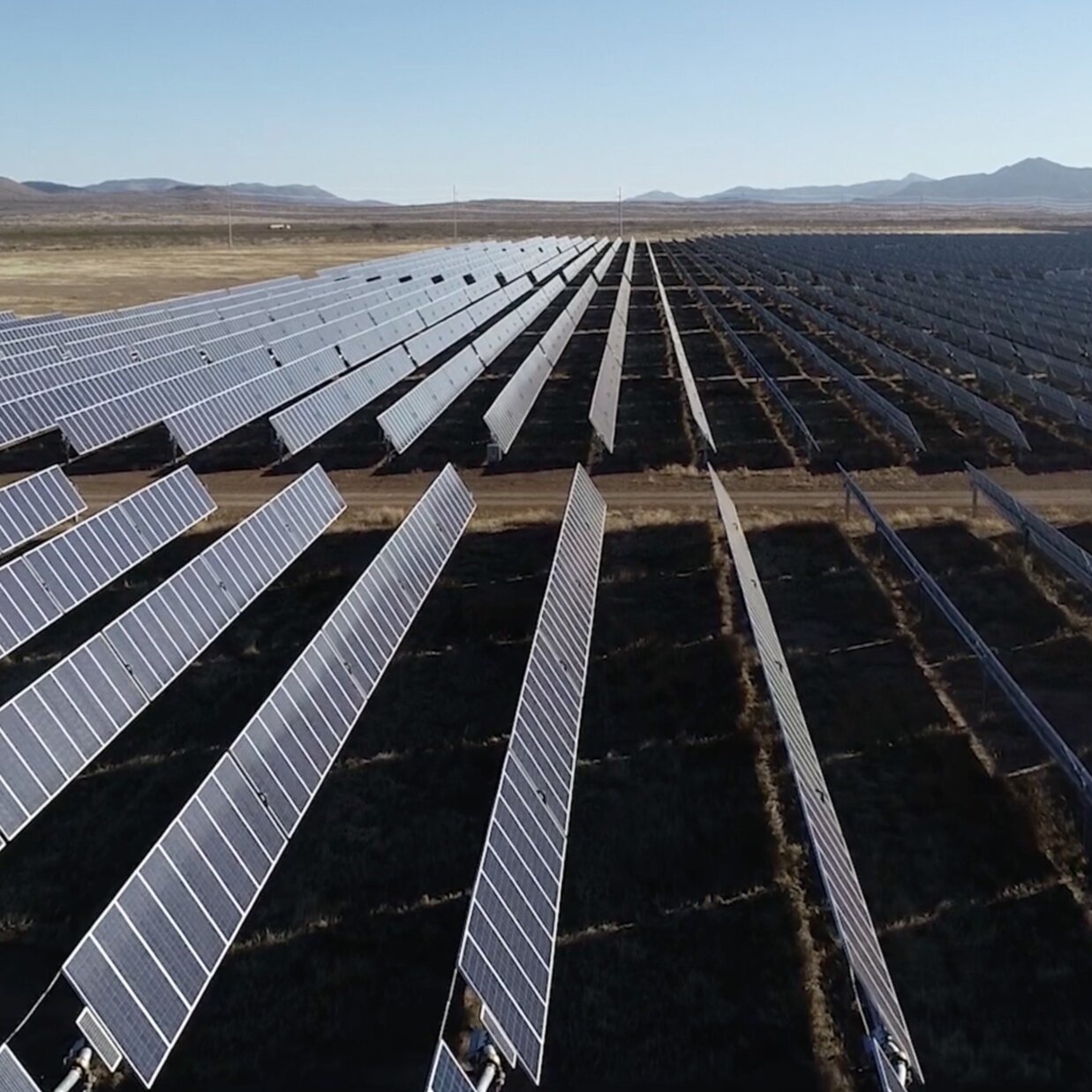
Thinking Differently About Energy Development:
A Balanced Approach
A Report from Respect Big Bend & Texas' Tri-County Stakeholder Engagement Group
May 2021
The Challenge
What lies west of the Pecos River is iconic Texas. The area is vast and rugged with big horizons, beautiful sunsets, dark skies, bright stars and fiercely independent towns with unique charm.
Unique Natural and Cultural Resources

Varied terrain ranging from the Davis Mountains to expansive grasslands that typify the Chihuahuan Desert, the most biodiverse desert in the Western hemisphere.

Springs, streams, creeks and ciénegas scattered throughout – life sustaining resources for people, plants and animals in this arid landscape.

Beautiful, unobstructed sunsets and some of the darkest skies in the nation – which support the McDonald Observatory, one of the premier astronomical observatories in the world.

Independent-minded communities, including Alpine, Marfa and Fort Davis.

A robust tourism industry that attracts hundreds of thousands of visitors – such as outdoor enthusiasts, birders, hunters and cultural travelers – to the region each year.

Businesses that rely on the variety of visitors who travel to Far West Texas from around the world.

Agricultural operations that provide food and support the state’s economy.
The Big Bend Region is adjacent to one of the most energy-intensive places on the planet. Texas is the energy capital of the United States, and it continues to capitalize on growing demands for energy at home and around the world.
Texas has long been associated with oil and gas development, and the Permian Basin, underlying the Trans-Pecos Region, is one of the most prolific oil and gas plays in the world.
Texas is also a leading producer of wind power, and today, the Trans-Pecos’ abundant sunshine and wind make the area attractive for wind and solar development. The energy industry benefits the state by providing jobs to Texans, income to landowners and tax revenue to the government.
But there is a downside. The development of energy here threatens to compromise the unique natural and cultural resources of the Big Bend Region.
How do we develop the energy we need without damaging the way of life and natural resources of the Big Bend Region for future generations of Texans?
The challenge for this project was to help stakeholders navigate the tradeoffs between developing energy resources and conserving all that is wonderful about the Big Bend Region.
The tradeoffs between energy development and conserving the natural resources is especially challenging in Texas, where 95 percent of the land is privately owned. Decisions about energy development in Texas are made by private landowners and energy companies, in a state with few regulatory requirements to govern the siting of new energy facilities.



